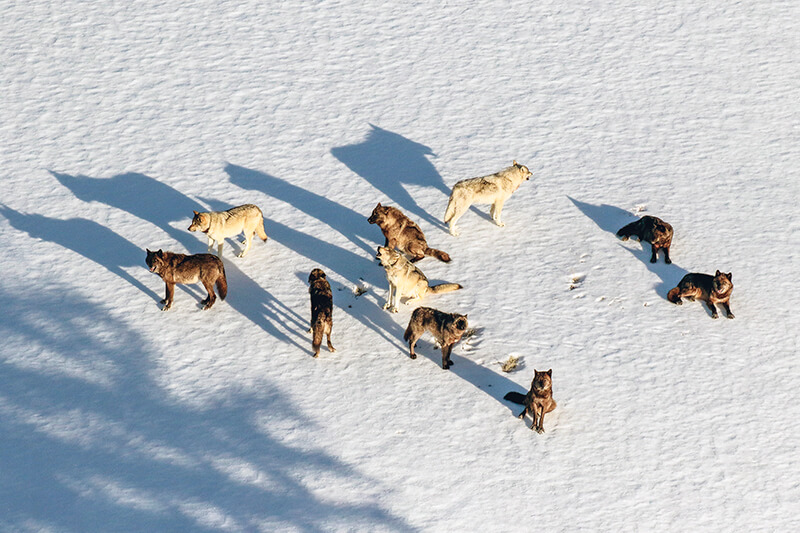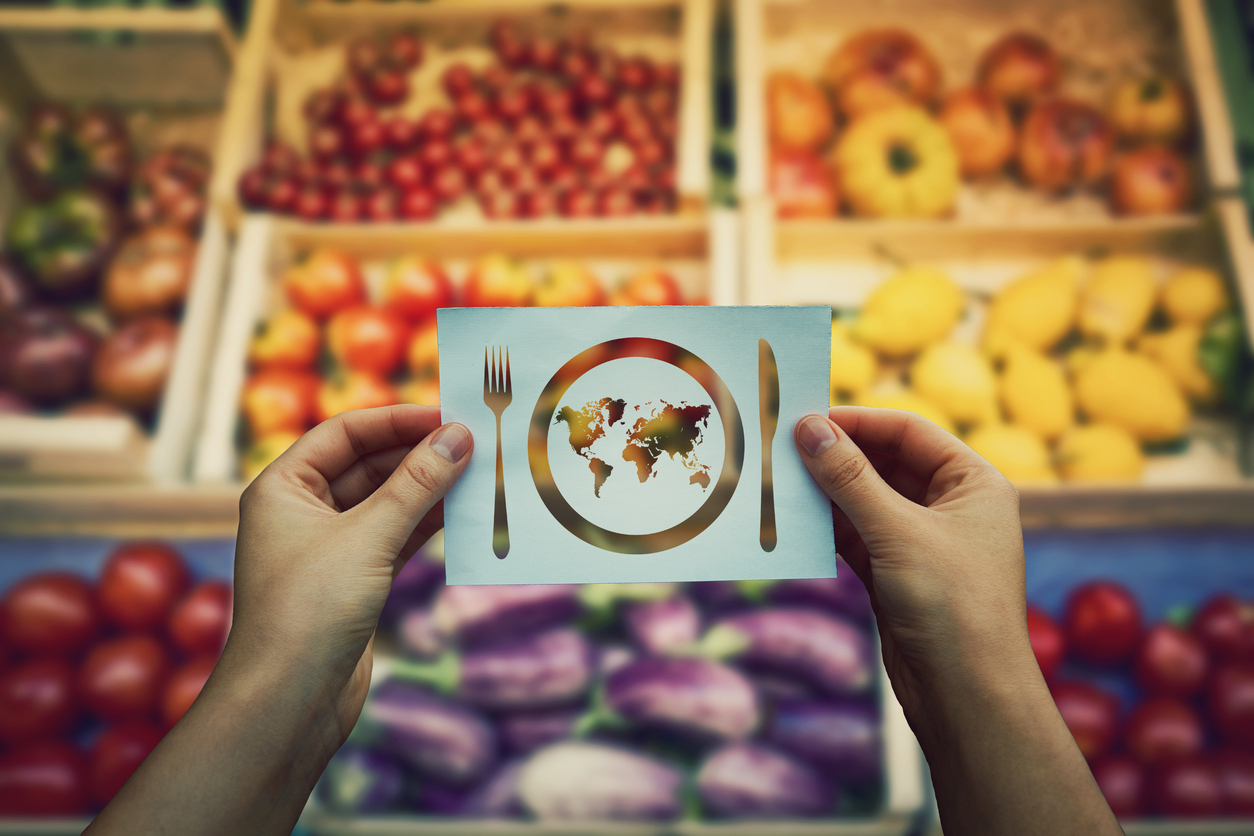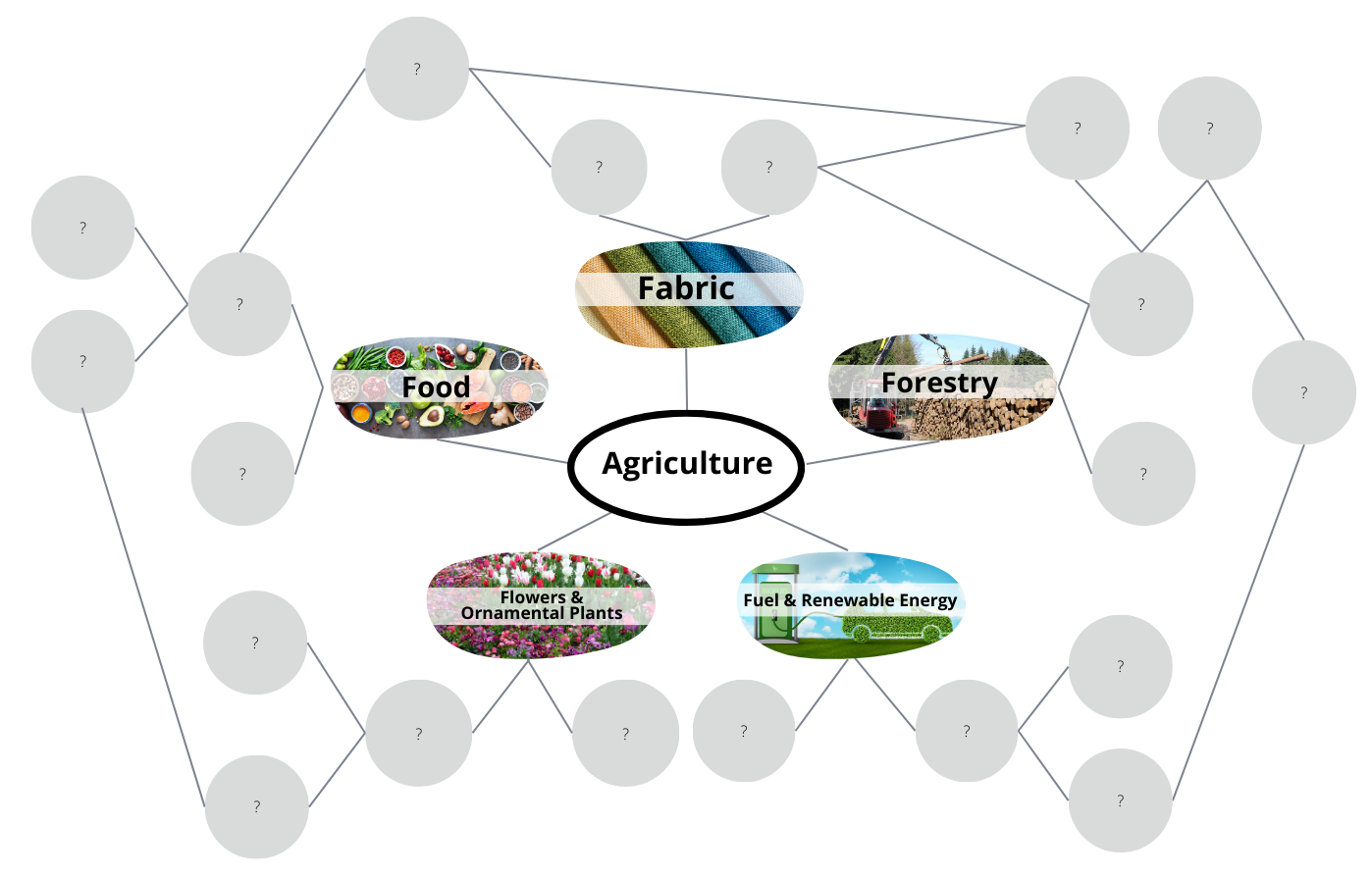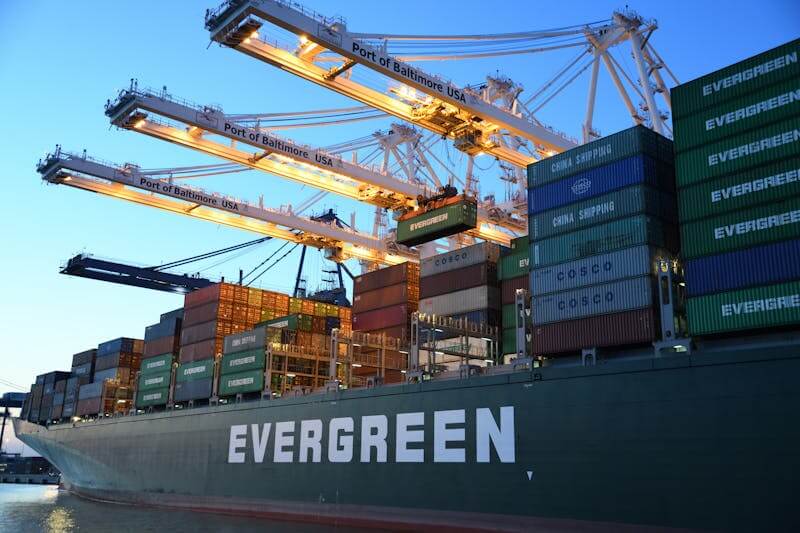Bunches of Berries
Students investigate a variety of berries, discover how and where they are grown, and explore their nutritional benefits.
Students investigate a variety of berries, discover how and where they are grown, and explore their nutritional benefits.
Students explore their state's specialty crops, discover how food gets from the farm to the table, and discuss the importance of eating fruits and vegetables every day.
Students explore the economic and environmental benefits of buying locally grown food.
Students explore the connection between geography, climate, and the type of agriculture in an area by reading background information and census data about the agricultural commodities beef, potatoes, apples, wheat, corn, and milk.

Students discover multiple perspectives concerning the reintroduction of gray wolves into the wild by researching pros and cons and participating in a debate.

Students discover multiple perspectives concerning the reintroduction of gray wolves into the wild by researching pros and cons and participating in a debate. Grades 3-5
Students observe a potato grow with and without soil, chart potato geography on a world map, and hold a potato dress up contest.
Students investigate the cultivation and identify the parts of rice by reading One Grain of Rice by Demi and removing the hull, bran, and germ from grains of rice.

Students investigate the importance of eating a variety of foods in order to get all the nutrients needed to be healthy, explore diets around the world using Peter Menzel's Hungry Planet Family Food Portraits, and discuss the scope of the problems of hunger and malnutrition using the World Food Programme HungerMap Live.

Explore how we are each connected to agriculture through our food, clothing, shelter, fuel, and more. Students will be introduced to agriculture and begin to recognize the depth and complexities of agricultural systems locally and globally.

Explore how we are each connected to agriculture through our food, clothing, shelter, fuel, and more. Students will be introduced to agriculture and begin to recognize the depth and complexities of agricultural systems locally and globally.

Students will examine the impacts of the Columbian Exchange and identify the economic and cultural impacts of contemporary global agricultural trade. They will also explore how food choices influence patterns of food production and consumption.